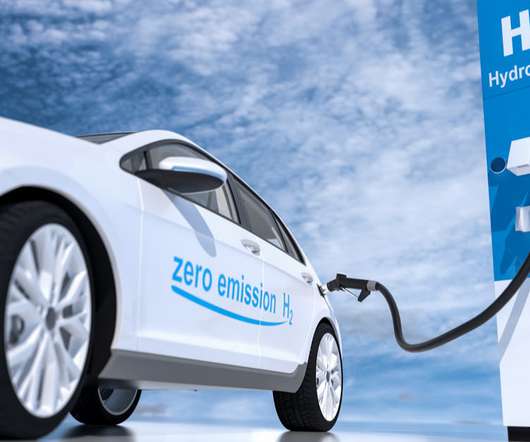Audi e-gas plant qualified to participate in balancing market to stabilize grid
Green Car Congress
JULY 15, 2015
The Audi e-gas plant in the city of Werlte in Lower Saxony ( earlier post ) produces CO 2 neutral-fuel (synthetic methane from water, renewable electricity and CO 2 ); it now also contributes toward stabilizing the public power grid. This therefore considerably increases the overall efficiency of the Power-to-Gas/biogas plant.












Let's personalize your content